Ever heard someone say, “That’s built with MVC”? You nodded like you understood, didn’t you? It’s okay. We’re here to explain what MVC really means, and we’ll do it in a fun and simple way.
So, let’s get started!
What is MVC?
All Heading
MVC stands for Model-View-Controller. It’s a way to organize code when building applications. Especially big applications. The idea is to separate the responsibilities of your code. This makes everything easier to manage, update, and scale.
You can think of MVC like a play or performance:
- The Model is the story or script.
- The View is the stage and how the story is shown to the audience.
- The Controller is the director that tells everyone what to do.
Let’s break these roles down even more.
The Model – The Brain
The Model is where data lives. It knows everything about what’s happening behind the scenes. It’s like your brain – full of facts and logic. But it doesn’t directly show the user anything.
For example, if you’re making a To-Do app, the Model keeps track of all your tasks. It knows which ones are done, which ones are new, and which ones you forgot about (oops).
What it does:
- Stores data
- Updates data when needed
- Talks to databases
But it doesn’t decide how things look on the screen.
The View – The Makeup Artist
Next up is the View. This is what the user sees. It’s the UI – the buttons, text, colors, and styles. It takes instructions from the Controller and shows the user what they’re working with. It’s like the makeup artist who makes things look pretty.
Continuing our To-Do app example, the View will show a list of your tasks. When you check a box, it might change color or cross out the item. That’s all View magic.
What it does:
- Shows information to users
- Updates what the screen looks like
- Changes based on data from the Model

The View doesn’t know where the data came from. It just knows what to show.
The Controller – The Bossy Middleman
This is the Controller. It listens and takes action. When you click a button, the Controller steps in. It makes decisions and tells the Model or View what to do next.
Think of it like a bossy middleman:
- User clicks “Add Task” ➜ Controller hears it
- Controller tells Model to save the new task
- Then it tells the View: “Hey! Show this task on the screen!”
In simple words, the Controller is a traffic cop directing where everything goes. It listens to user input and tells the app what should happen.
How They Work Together
This is where the real magic happens. The three parts – Model, View, Controller – work like a team. Here’s a fun analogy:
Imagine you go to a pizza place:
- You place your order – you’re the user.
- The waiter takes the order – that’s the Controller.
- The kitchen makes your pizza – that’s the Model.
- The waiter brings it to your table – that’s your View.
Now, that’s teamwork!

Why Use MVC?
Great question! Why bother splitting your app into three parts instead of mixing everything together? Here’s why:
- It’s easier to manage – Smaller, focused pieces are easier to maintain.
- You can reuse code – Change one View without touching the Model.
- It’s cleaner code – You’re not cramming logic, look, and behavior into one file.
- Multiple developers can work at once – One works on View, another on Model, and another on Controller.
It’s all about working smarter, not harder.
Real-World Examples
Many well-known frameworks use MVC. Some examples:
- Ruby on Rails
- Laravel (PHP)
- ASP.NET MVC (C#)
- Django (Python) uses a slightly different pattern but it’s close
Even JavaScript frameworks like Angular and React ❤️ the idea of separating concerns. They often use variations of MVC.
A Fun Little Example
Let’s walk through a mini To-Do app example using MVC.
Your goal:
Add a new task that says “Buy milk”. Simple, right?
- You type “Buy milk” and click “Add” – this action goes to the Controller.
- Controller says, “Cool! Let me store that” and asks the Model to save it.
- Model says, “Done! I saved it.”
- Controller then nudges the View: “Show this new task!”
- View updates the screen with “Buy milk” shown in lovely bold font.
Like a perfect dance routine, right?
Drawbacks of MVC
Okay, so we know MVC is great, but it’s not perfect.
- Too many files – Big apps can become a little messy if you’re not careful.
- Harder to start – For beginners, it might feel over-complicated for small apps.
- Overhead – Sometimes, the back-and-forth between components can feel like a lot.
But for medium to large apps, the benefits usually outweigh the drawbacks.
In Summary
MVC helps you break your app into three smart parts:
- Model – Handles data and logic
- View – Handles what the user sees
- Controller – Handles user actions and controls the flow
When these three talk to each other properly, you get a well-oiled machine that’s fun to build and easy to manage.

Now you can nod with true confidence the next time someone mentions MVC. You know what it means, how it works, and why it matters.
Go ahead and build something cool. MVC-style!
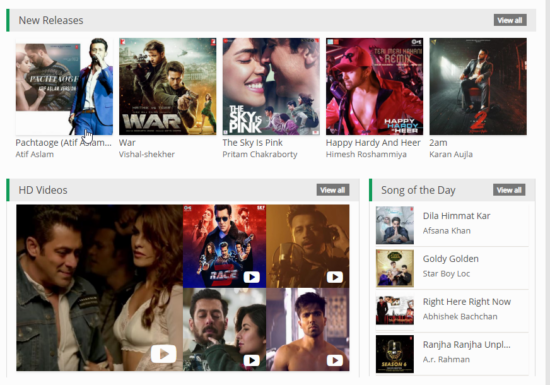

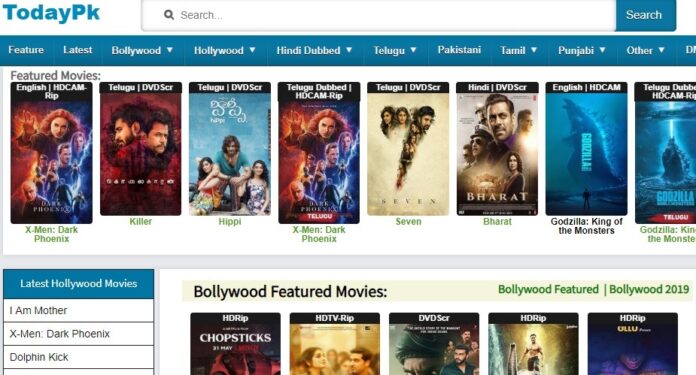
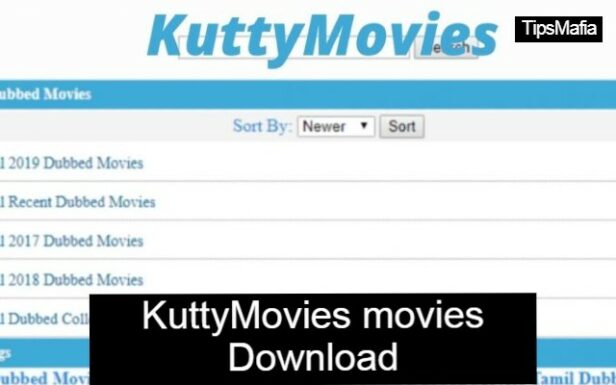







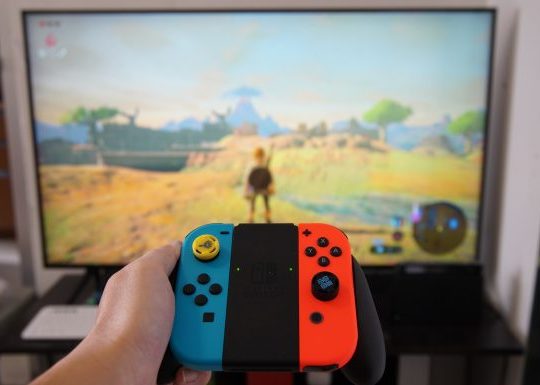
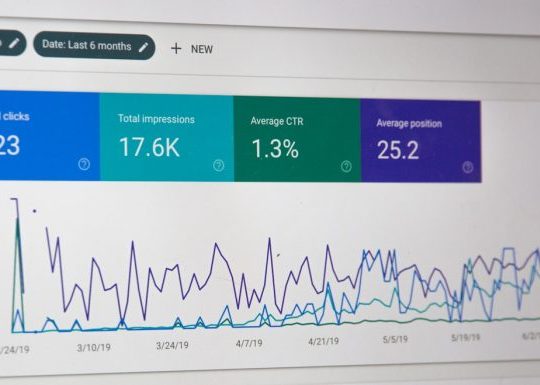
Recent Comments